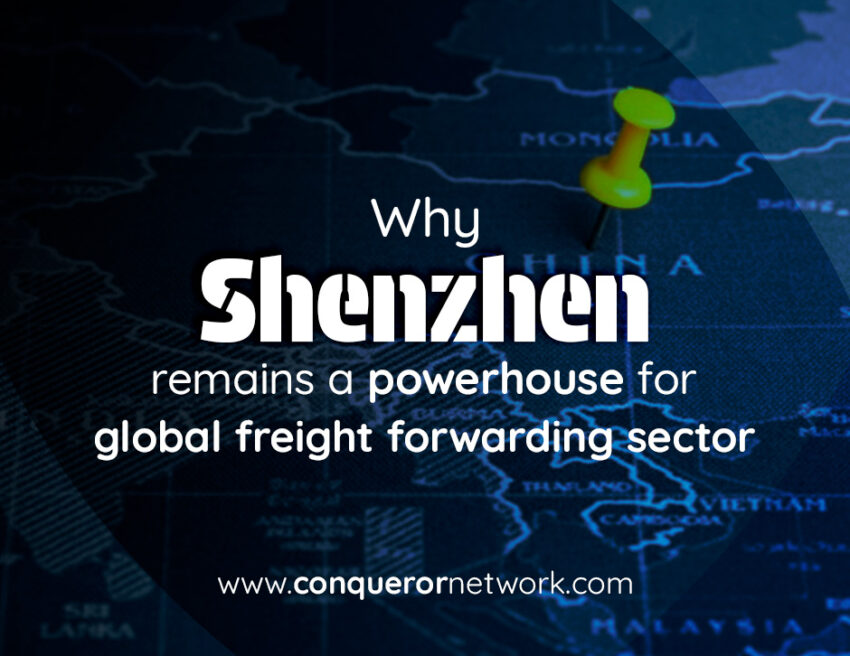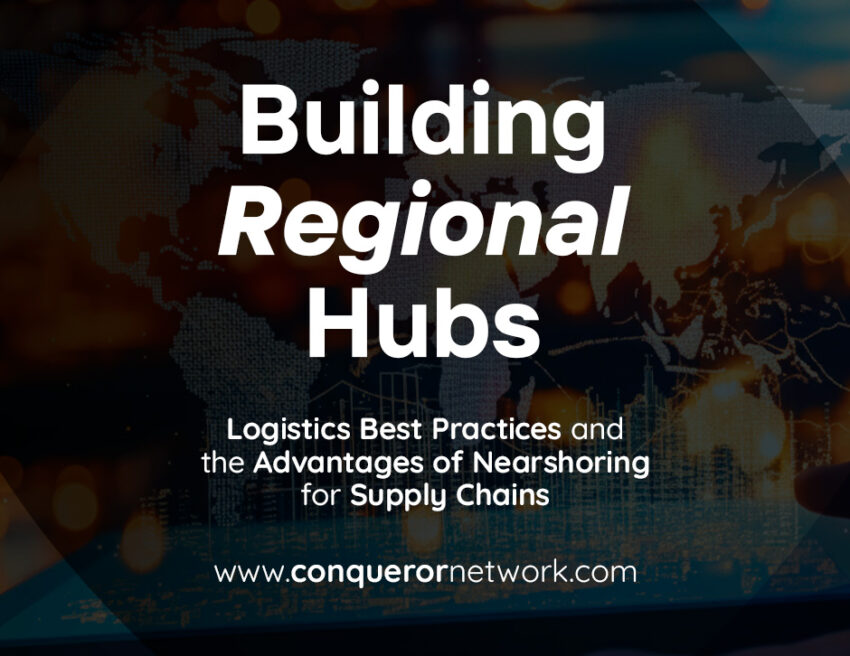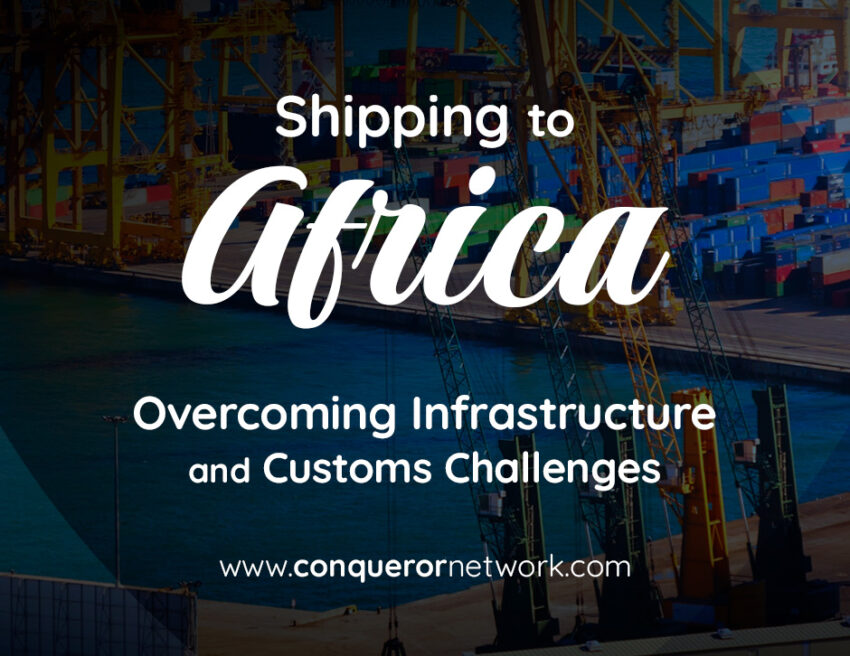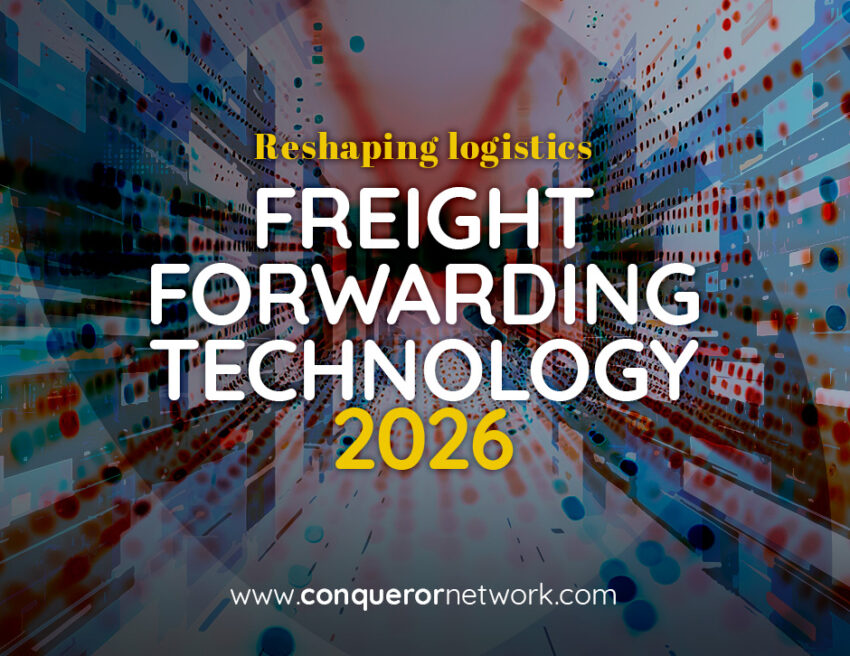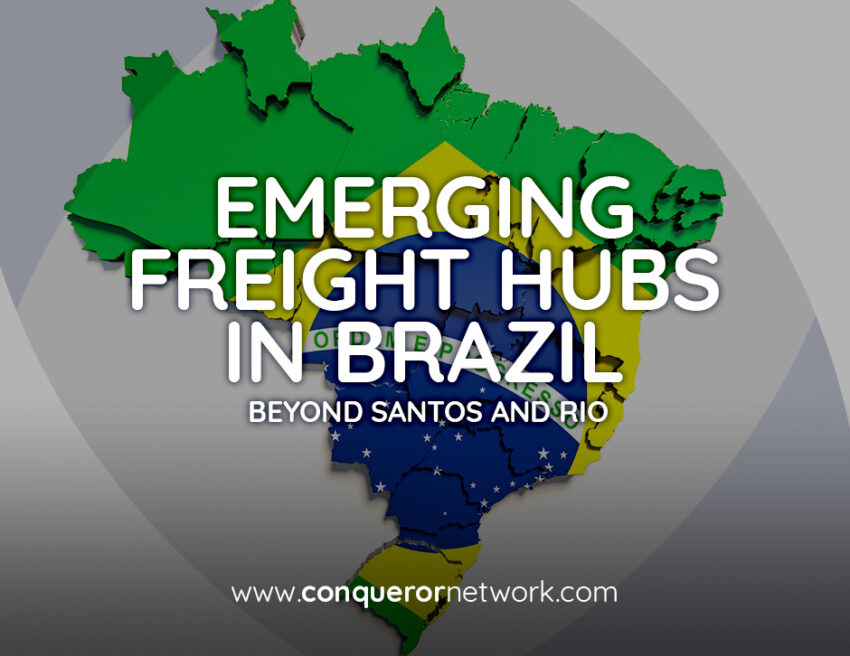Shenzhen has long outgrown its image as a manufacturing city. Today, it’s one of the most dynamic logistics and shipping centers in the world. The Shenzhen logistics ecosystem connects factories, ports, airports, and warehouses in a tightly integrated network that powers global trade. For freight forwarders, Shenzhen is the gateway to global supply chains stretching…
Conqueror Blog
Category: Logistics Articles
Building Regional Hubs: Logistics Best Practices and the Advantages of Nearshoring for Supply Chains
For decades, globalization meant stretching production and logistics networks across continents in search of the lowest labor costs. But the events of recent years, pandemic disruptions, shipping bottlenecks, and geopolitical tensions have exposed the vulnerability of far-flung supply chains. As companies look to regain control, the advantages of nearshoring for supply chains are becoming impossible…
Shipping to Africa: Overcoming Infrastructure and Customs Challenges
Shipping to Africa offers tremendous growth opportunities for international trade, but it also presents unique challenges for freight forwarders in Africa. From outdated infrastructure to complex customs procedures, navigating these hurdles requires expertise, planning, and reliable partnerships. For forwarders seeking to expand into African markets, understanding these challenges and identifying solutions is crucial to ensuring…
September Freight Market Update: Key Shifts You Need to Know
The September freight market has been anything but calm. Carriers have pushed through aggressive General Rate Increases (GRIs), blank sailings are tightening space, and port congestion in China is worsening. While shippers hoped for a post–Labor Day rate dip, what we’ve seen instead is a surge in spot rates, a strategic capacity squeeze, and rising…
Freight forwarding technology 2026- Innovations that will truly reshape logistics
If you’re a freight forwarder, you’ve probably asked yourself a few big questions recently. Which technologies should I actually care about? Which ones are hype? And, most importantly, what will my business look like in 2026 if I don’t adapt now? The logistics industry has always been shaped by ships, planes, and ports. But today,…
Customs just rejected your shipment… now what? A freight forwarders guide to customs clearance problems
If you’ve worked in freight forwarding long enough, you’ve probably had that sinking feeling: the call or email saying your client’s shipment is stuck at customs. The cargo’s not moving, the clock is ticking, and storage charges are climbing by the hour. Customs clearance problems aren’t just an occasional headache. In some cases, they can…
The best free trade zones and logistics parks for forwarders in 2025
For freight forwarders looking to stay competitive in 2025, choosing the right base of operations goes far beyond location. It’s about agility, access, and cost-efficiency. Free trade zones and logistics parks offer all three plus incentives that can give forwarders a serious edge. These zones are designed to eliminate friction, reduce overhead, and accelerate cargo…
Nearshoring in Latin America- The new frontier for global logistics
In the past decade, supply chains have had to adapt to an increasingly unpredictable world. Pandemic disruptions, strained geopolitical relations, and soaring shipping costs have pushed companies to rethink how and where they manufacture goods. One result? Nearshoring in Latin America is becoming a defining feature of global logistics. Let’s break down what’s happening, why…
Way too early predictions of ocean freight trends 2026: What freight forwarders need to know now
2026 is going to reshape how the shipping world operates. Here’s how freight forwarders can stay ahead with real insights, real action, and real partnerships Ocean freight is evolving fast. Sustainability is now a compliance issue. Trade lanes are shifting. Rates remain volatile. And digital transformation isn’t optional anymore. In short, if you’re a freight…
Emerging freight hubs in Brazil beyond Santos and Rio
For decades, the Port of Santos and the Port of Rio de Janeiro have dominated Brazil’s logistics landscape, serving as the primary gateways for the country’s booming export economy. However, a quiet revolution is taking place across Brazil’s logistics infrastructure. With modernization efforts, strategic investments, and regional development initiatives, a new generation of freight hubs…


